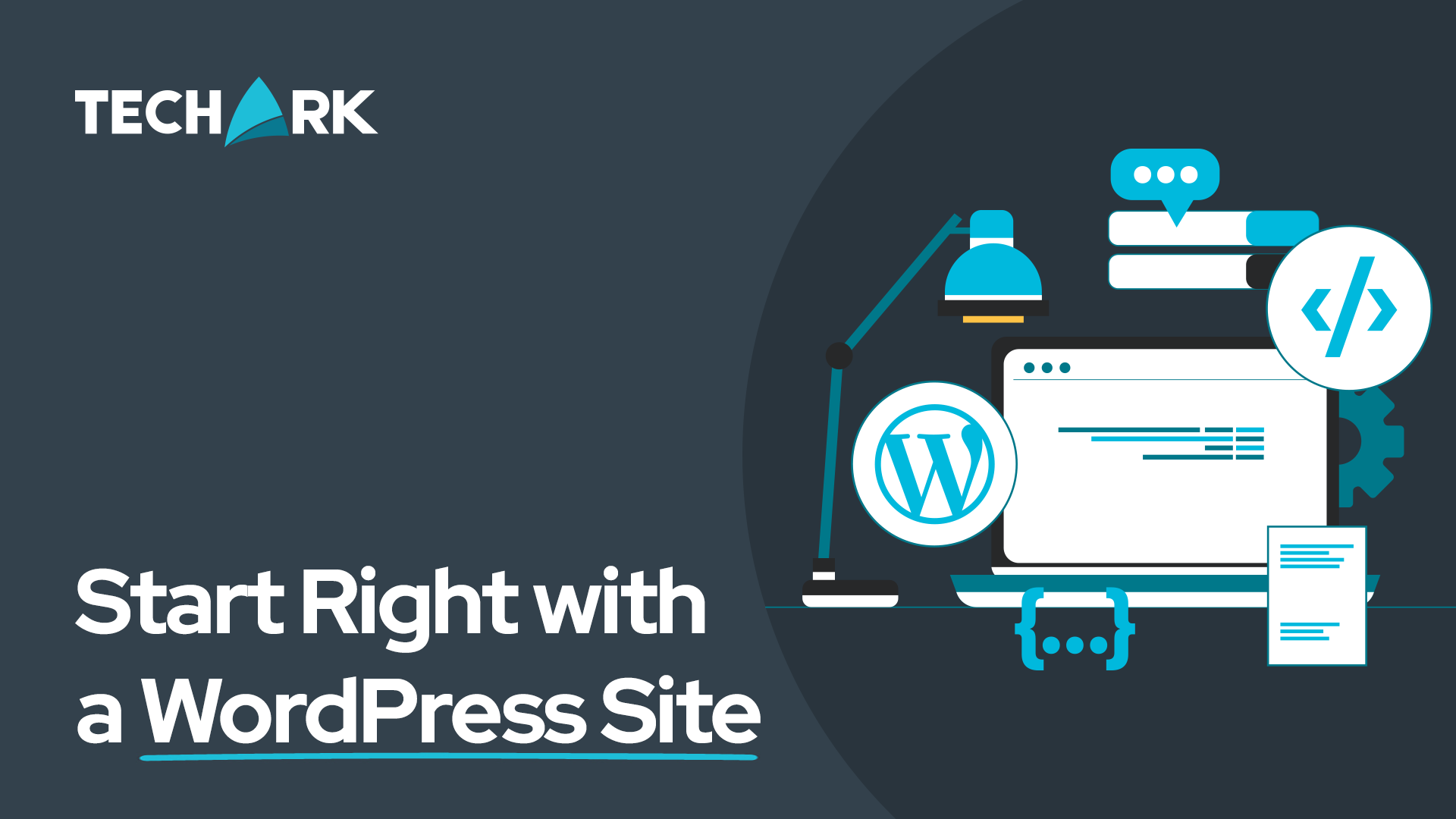Contact Us
Send Us a Message
Need expertise and innovation on your project? Our team can help.
With tablets, laptops, and mobile devices becoming more accessible, today’s customers have a variety of options when it comes to viewing your website. In order to provide them with the best experience, a responsive website design is needed. With responsive web design best practices in mind and a professional web design and development team, your website can become a usable and helpful extension of your business.
What is Responsive Web Design
Responsive web design is a type of web design practice that allows your website to adjust its layout based on the type of device customers are using. For example, if someone is on your website on their laptop, it may show your homepage with three columns. In contrast, when looking at your website on their mobile device, they might see a single column. The website responds to the screen dimensions of your device to select the best way to display the information. This practice allows you to create a single website instead of making multiple websites for use on different devices.
Responsive Web Design Best Practices
In web design and development, there are a series of procedures that are commonly held up to be best practices. These best practices ensure that your website meets the needs of your customer while also providing you with the most effective ways to serve them. In Responsive Web Design, the current best practices include—creating a mobile-first site; using media queries, fluid layouts, and responsive images; and increasing the website loading speed.
Build Mobile-First
As mobile devices become more and more capable, web traffic has been shifting. Now, the majority of web traffic (59% to be exact) comes from mobile devices, while desktop traffic only accounts for 38%. This means that creating a web design with mobile devices in mind is an absolute necessity for websites.
Media Queries
When designing a website, there are a few main building blocks that you need to consider—media queries, fluid layouts, and responsive images. Media queries in CSS3 code determine the user’s screen size before rendering the website. With media queries, your website will load the appropriate size and resolution based on the user’s device.
Fluid Layouts
Unlike traditional web design, fluid layouts use a dynamic number such as a percentage to determine how much space elements take up on the screen. For example, if you want an image to take up 30% of the screen and the text to take up the other 70%, you can include that in the fluid layout. Then, no matter what device your user is on, they will see the same layout but on a smaller scale.
Responsive Images
Similar to fluid layouts, these images are given a percentage in regards to the overall screen width they take up. Responsive images are not applied with a specific pixel width and height. Instead, they are kept in a containing element that changes based on the size of the screen.
Speed
Another element of responsive web design is how quickly your website loads. And while responsive layouts and images are important, speed is even more important. Websites with a slow loading speed lose users more frequently than those with fast loading times. So, while the responsiveness of your website is important, be careful not to sacrifice loading time.
Choose a Web Design Company Specializing in Responsive Web Design
Designing and developing a responsive website can be tricky. Getting elements to respond the way you want them to, and maintaining a fast loading speed can be a delicate balance. Make sure your website is always responsive and loads quickly by using TechArk’s web design and development services.
Our professional staff specializes in responsive web design and we take this responsibility seriously. So, if you are struggling with your current website design, or are looking to create a new website using best practices, you can rely on the TechArk team.
Schedule a call with a member of our team to see how we can help make your website more responsive.



